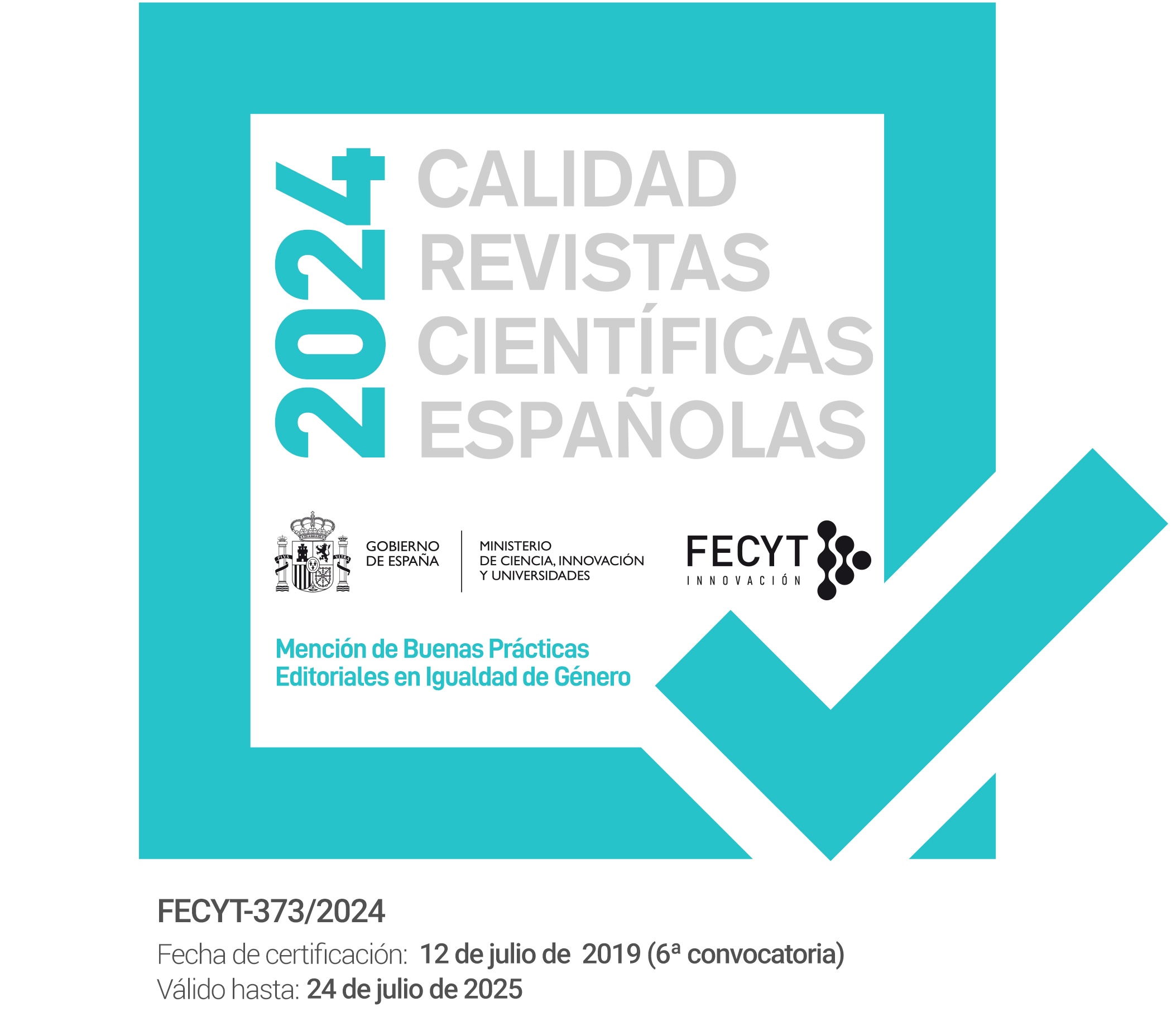The Weight of Fashion. Jewels, Pearls, and Picture Hats in Terenci Moix's Esperpento Trilogy
DOI:
https://doi.org/10.1344/Lectora2020.26.2Keywords:
fashion, jewelry, camp, drag, Terenci MoixAbstract
The paper analyses the role of jewels, pearls and luxury fashion in Terenci Moix's esperpento trilogy (Garras de astracán, Mujercísimas, Chulas y famosas). Following the observation that Moix's heroes can be read in terms of drag, the social reality depicted by Terenci Moix is compared with the New York's ball culture, as shown in the documentary film Paris Is Burning (Jennie Livingston, 1990). It is argued that both male and female characters make use of all kinds of accessories and pieces of clothing in order to embody different phantasmatic identities. The Catalan writer uses this means to criticise the post-Transition Spanish society in the context of the modern culture, trivialised by the neoliberal capitalism.
References
Arnold, Jean (2016), Victorian Jewelry, Identity, and the Novel, Londres & Nueva York, Routledge.
Aspers, Patrik y Frédéric Godart (2013), "Sociology of Fashion: Order and Change", Annual Review of Sociology, 39: 171-192.
Bonilla, Juan (2012), El tiempo es un sueño pop. Vida y obra de Terenci Moix, Barcelona, RBA.
Butler, Judith (2002), Cuerpos que importan. Sobre los límites materiales y discursivos del "sexo", Buenos Aires, Paidós.
Cervantes, Miguel de (2004), Don Quijote de La Mancha, Madrid, Alfaguara. [1605]
Estébanez Calderón, Demetrio (2008), Diccionario de términos literarios, Madrid, Alianza.
Fernàndez, Josep-Anton (2000), Another Country. Sexuality and National Identity in Catalan Gay Fiction, Londres, Maney Publishing.
Finch, Mark (1999), "Sex and Address in Dynasty", Camp. Queer Aesthetics and the Performing Subject. A Reader, Fabio Cleto (ed.), Edimburgo, Edinburgh UP: 143- 159.
Garlinger, Patrick Paul y H. Rosi Song (2004), "Camp: What's Spain Got to Do with It?", Journal of Spanish Cultural Studies, 5 (1): 3-12.
Gracia, Jordi y Domingo Ródenas (2011), Historia de la literatura española. Vol. 7. Derrota y restitución de la modernidad 1939-2010, Madrid, Crítica.
Joslin, Katherine (2009), Edith Wharton and the Making of Fashion, Durham, University of New Hampshire Press.
Kuhn, Cynthia y Cindy Carlson (eds.) (2007), Styling Texts. Dress and Fashion in Literature, Youngstown, Cambria Press.
Mainer, José-Carlos (2010), Historia de la literatura española. Vol. 6. Modernidad y nacionalismo 1900-1939, Madrid, Crítica.
McGovern, Timothy (2004), "The Subversive Process of Camp Production in the Novels of Terenci Moix", Journal of Iberian and Latin American Studies, 10 (1): 45-59.
Mérida Jiménez, Rafael M. (2016), Transbarcelonas. Cultura, género y sexualidad en la España del siglo XX, Barcelona, Bellaterra.
—(2018), "Edat Mitjana i erotisme a La torre dels vicis capitals de Terenci Moix", Estudis romànics, 40: 357-366.
Mira, Alberto (2004a), "After Wilde: Camp Discourse in Hoyos and Retana, or the Dawn of Spanish Gay Culture", Journal of Spanish Cultural Studies, 5 (1): 29-47.
—(2004b), De Sodoma a Chueca. Una historia cultural de la homosexualidad en España en el siglo XX, Barcelona & Madrid, Egales.
Moix, Terenci (2001), El día que murió Marilyn, Barcelona, Bibliotex.[1969]
—(2003), Mujercísimas, Barcelona, Planeta. [1995]
—(2011a), Chulas y famosas, Barcelona, Planeta. [1999]
—(2011b), Garras de astracán, Barcelona, Planeta. [1991]
Moliner, María (2016), Diccionario de uso del español, Madrid, Gredos.
Song, H. Rosi (2004), "From Enfant Terrible to Prodigal Son: Terenci Moix's Embrace of a Literary Tradition", Journal of Spanish Cultural Studies, 5 (1): 101- 116.
Sontag, Susan (1984), "Notas sobre lo 'camp'", Contra la interpretación y otros ensayos, Barcelona, Seix Barral: 303-331.
Vilarós, Teresa M. (1998), El mono del desencanto. Una crítica cultural de la transición española (1973-1993), Madrid, Siglo XXI.
Downloads
Published
How to Cite
Issue
Section
License
The Author retains ownership of the copyright in this article and grants Lectora: revista de dones i textualitat the rights to print publication of the Article. The work will be available under a Creative Commons Attribution-Noncommercial-No Derivative Works license, by which the article must be credited to the Author and the Journal be credited as first place of publication.
The Author is free to enter in seperate, additional contractual agreements for the non-exclusive distribution of the work as published in this journal (such as institutional repositories or a book), as long as the original publication in Lectora is credited.
The Author is encouraged to post the work online (eg in institutional or thematic repositories, or in their website), as it can lead to productive exchanges as well as to a greater citation of the published work (see The Effect of Open Access).




